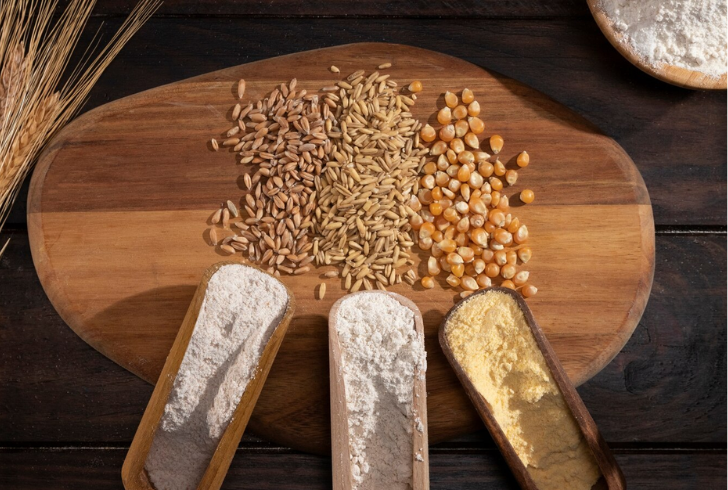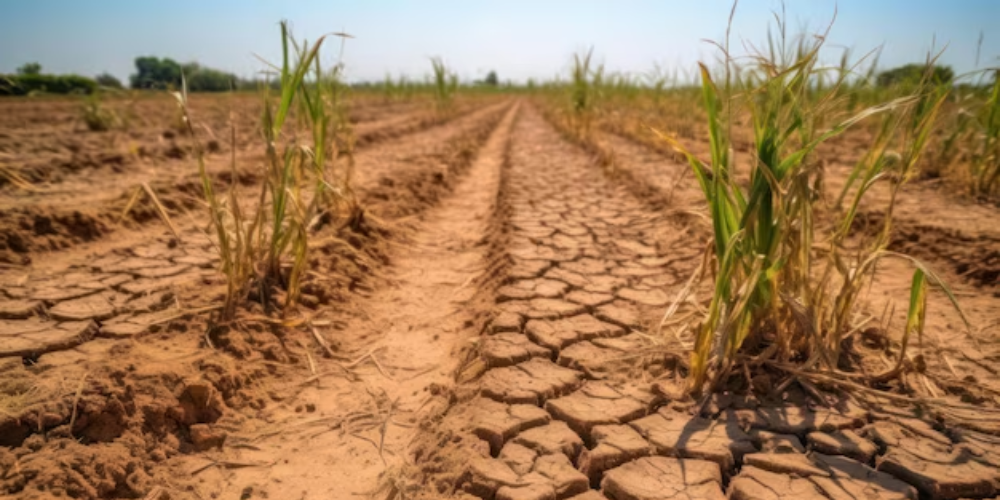Grocery prices have been creeping up pretty much everywhere, but there’s finally a bit of good news. The World Bank recently reported that global food commodity prices might be starting to drop. It’s not a full solution, especially for families in lower-income areas who’ve been hit the hardest, but after years of steady inflation, even a small shift feels like a step in the right direction.
A Possible Turn in Food Commodity Prices
The World Bank projects that global food prices could fall by about 7% this year, with a smaller 1% dip expected next year. The primary reason? A drop in grain prices coupled with declining energy costs. This matters because energy is a major factor in food production and transportation. When fuel prices surged in 2022, they tacked on over two percentage points to overall inflation. That impact has started to soften, allowing for a bit of downward pressure on food costs.

Freepik | Driven by decreasing grain and energy prices, the World Bank forecasts a roughly 7% drop in global food prices.
The report emphasized that reduced prices could slightly ease food insecurity, especially in areas where humanitarian aid is running thin. But the root causes of hunger, especially those tied to conflict, remain firmly in place and won’t be resolved by these short-term trends.
“This is a marginal improvement, not a solution to the deeper issues of acute hunger,” said the economists behind the report.
Global Price Trends Remain Mixed
While the forecast suggests a gradual decrease, the current reality paints a different picture. The United Nations’ Food and Agriculture Organization (FAO) reported that its global index of traded food commodities hit a two-year high in April. That’s the third month in a row of increases.
This uptick is being tied to ongoing uncertainties around tariffs and trade policies, which are putting pressure on import and export activities. Nations like the UK and Kenya have already reported noticeable increases in food inflation.
Some of the current contributing factors include:
- Trade tensions and tariff discussions are slowing the cross-border flow of goods.
- Persistent supply chain disruptions.
- Localized climate issues affecting crop yield.
Consumer Spending Reflects the Pressure
The impact of rising food prices and overall economic unease is starting to show in consumer behavior. Kraft Heinz recently cut its full-year outlook, reflecting softer demand across the board. With more people watching their spending, dining out is taking a hit. McDonald’s reported its steepest drop in US same-store sales since the pandemic era.
Other big names like Chipotle and Starbucks also felt the pressure. Even Sysco, a major food distributor, revised its financial projections downward.
“The mood among consumers is cautious,” said one industry analyst. “We’re seeing tighter budgets and slower foot traffic across food and dining establishments.”
What This Means for Everyday Shoppers

Freepik | rawpixel.com | Savings are precarious for households amid lingering inflation and economic uncertainty.
While the larger trends may eventually lead to some lower prices at the checkout line, the benefits might not show up immediately. Households are still dealing with the residual effects of past inflation. And with continued economic uncertainty, any savings could be quickly offset by volatility in other areas.
Still, knowing that there’s potential for grain and energy-related food cost reductions gives a bit of breathing room, particularly for food relief programs that are struggling with reduced funding.
Patience Needed
Sure, a dip in global food prices is a positive sign, but it’s not enough to offset the financial strain a lot of people are still under. The relief so far is minor, and it’s not showing up the same way everywhere. Fixing the deeper issues around food insecurity and inflation is going to take more than a short-term price shift. It’ll mean tackling the bigger stuff too, like global conflicts and keeping supply chains steady.
For now, the forecast points in a more positive direction, and while that might not fill grocery carts just yet, it could ease some pressure for millions, especially if the trend holds into next year.




